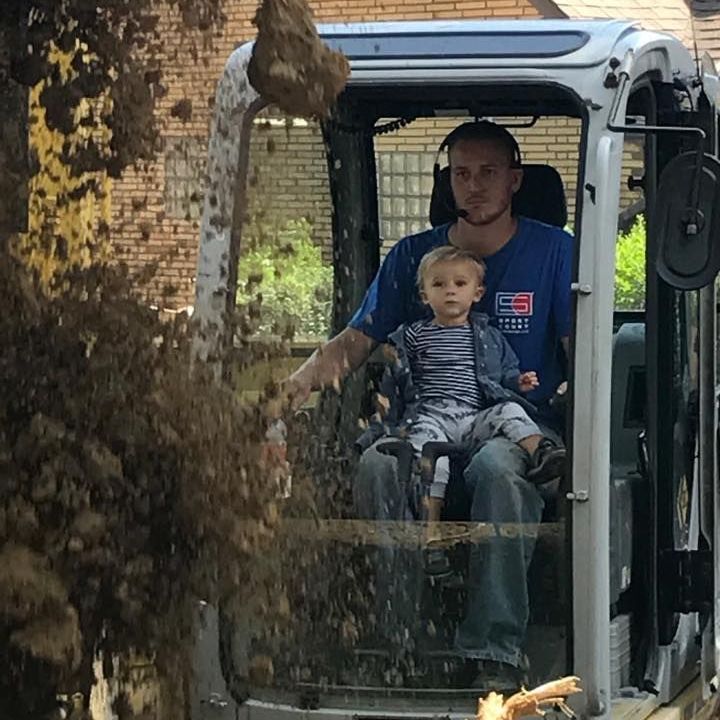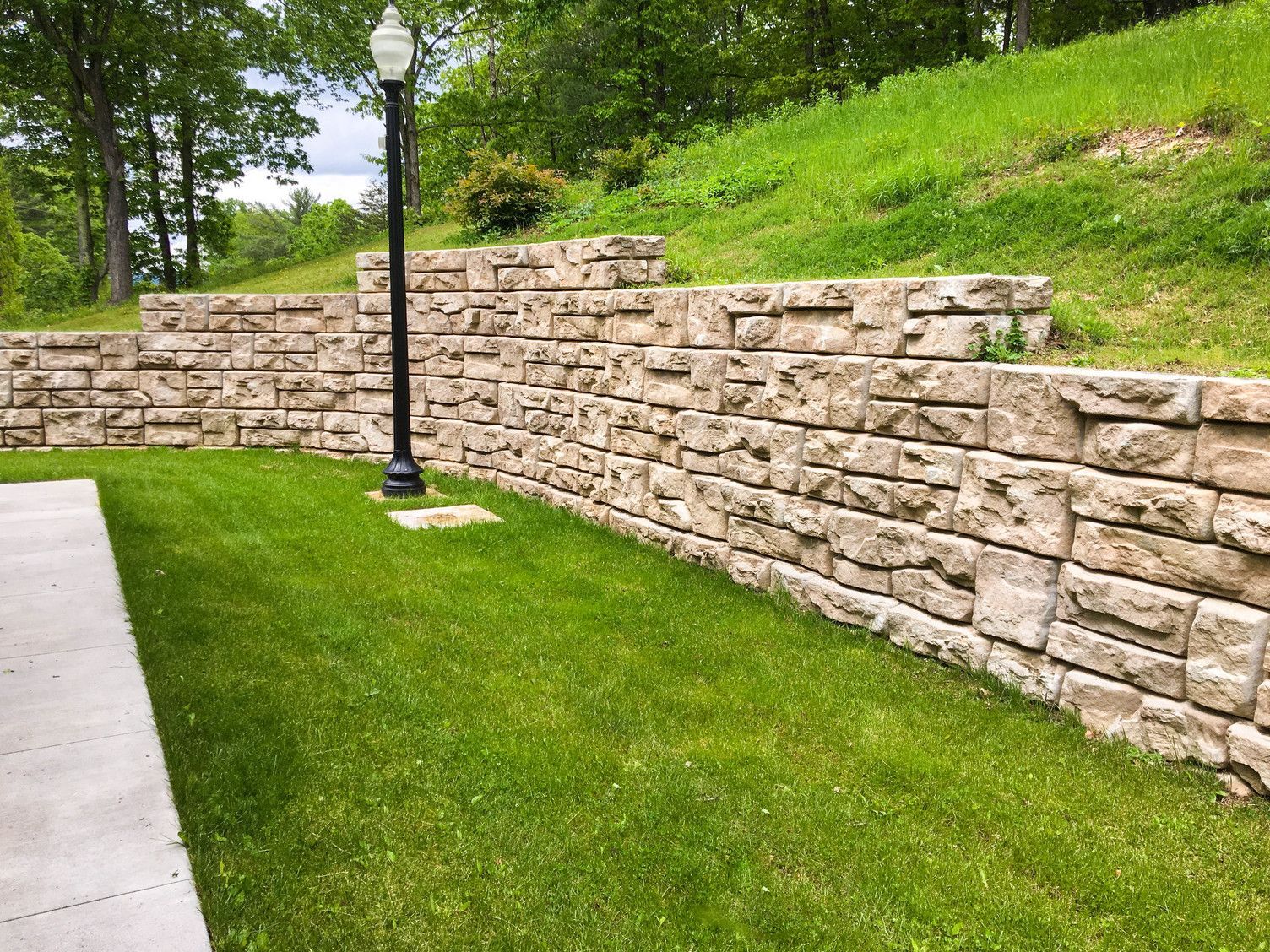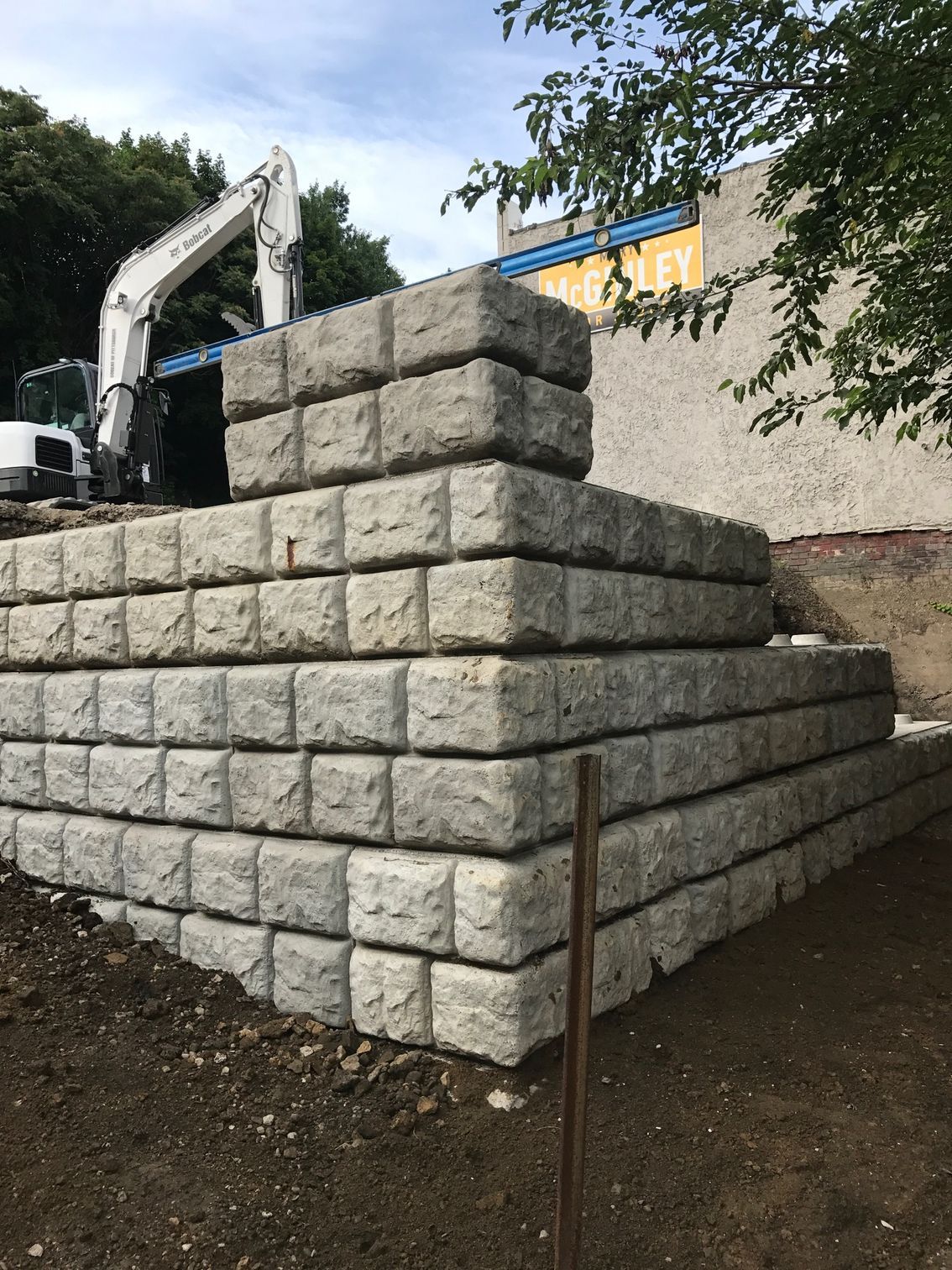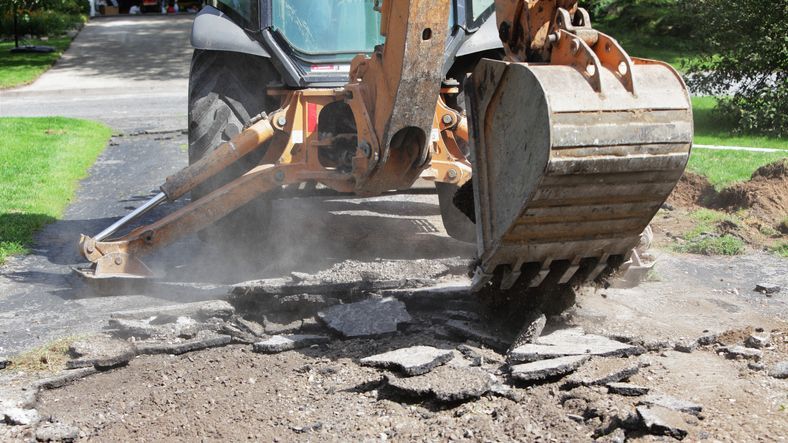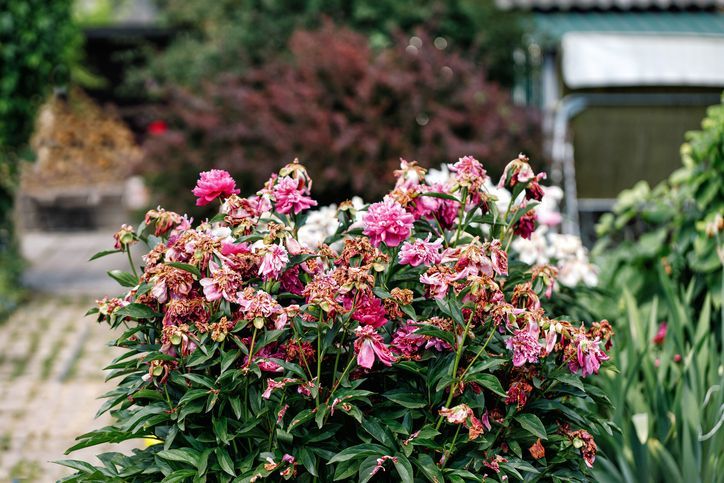Start Overseeding This Fall!
Tips for Overseeding this Fall
The cooler nights, paired with mild, shorter days common in the fall season, make for the perfect time to overseed your lawn and repair any thin or bare areas of grass. These conditions are perfect for seed germinations, allow grass seed to better maintain moisture. The lower temperatures also allow seedlings to thrive rather than die out due to the extreme heat of the summer.
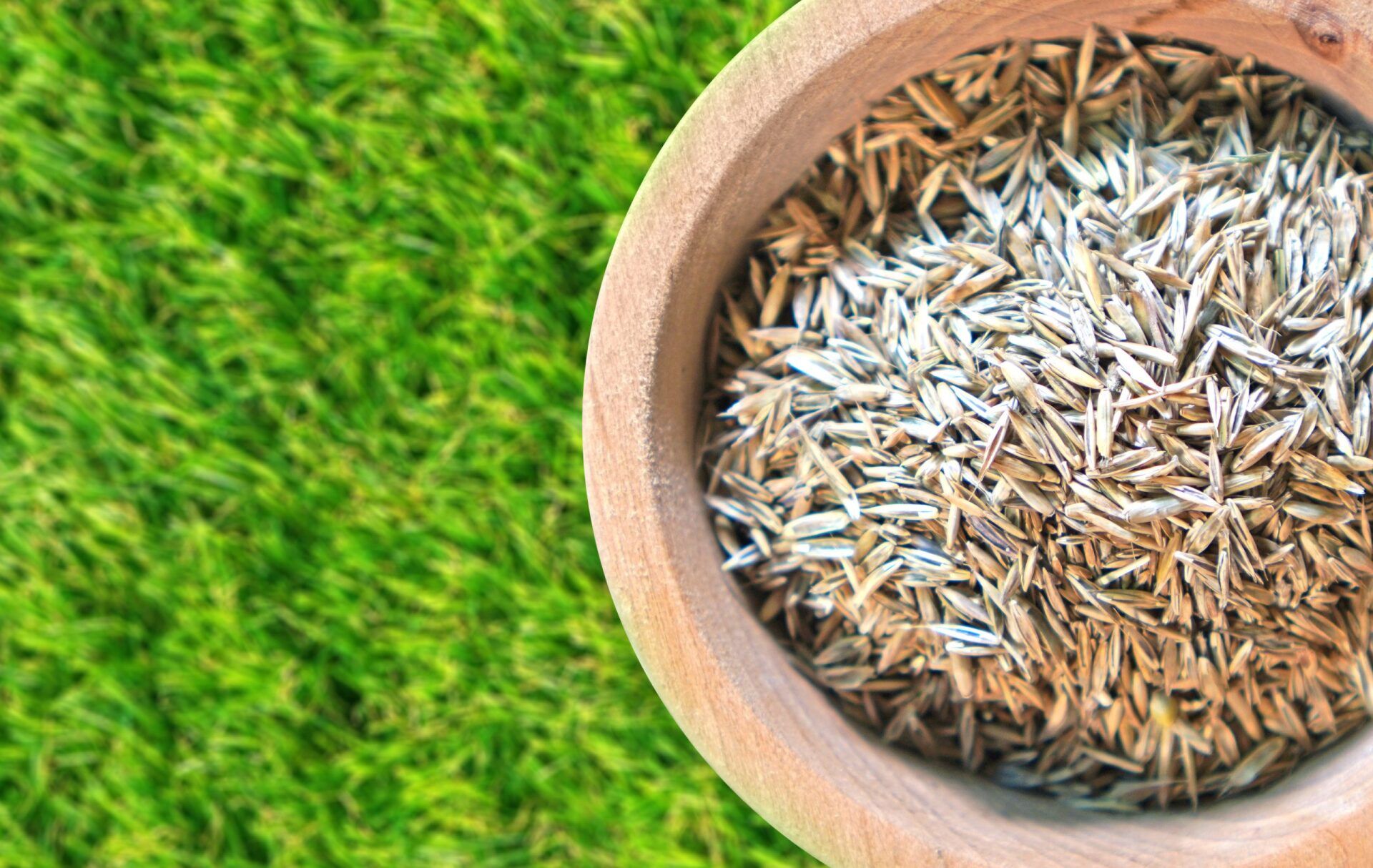 Fall Overseeding for New Grass Growth
Fall Overseeding for New Grass Growth
While you can overseed
in the spring, many homeowners wait too long and begin overseeding in the summer. The summer season has less than ideal conditions for grass growth, making it difficult to grow new grass. Keep in mind, too; if you use a crabgrass prevention herbicide, you won’t be able to complete spring overseeding. Most herbicides will prevent seed germination for at least 12 weeks, bringing you to the middle of summer.
It is also best to aerate your lawn prior to overseeding for best results, which is also commonly done in the fall.
Benefits of Overseeding
Lawns that are never overseeded tend to age, and if they are regularly mowed, the lawn will not have the opportunity to go to seed in order to propagate on its own. Without overseeding, the lawn will rely on stolons, tillering, and rhizomes to grow. At some point, older lawns will have difficulty maintaining healthy growth, fending off weeds, and other common lawn stresses. With overseeding, you can integrate new species of grass that are more resistant to drought, insects, and disease into your lawn that your old lawn may be lacking.
The Method of Overseeding
If you have cool-season turf, you will need to begin the overseeding process by first aerating your lawn. You will then apply the new seed using a fertilizer spreader and by following the product’s recommended coverage rate. Aeration gives the seeds a place to fall where they won’t dry out, allowing them to germinate faster. After seeding, you can choose to go over the lawn with a rake to help push more of the seeds into the holes.
After you complete the overseeding, be sure to apply a fall fertilizer the same day and then water your lawn. You should water your lawn once or twice each day until new grass begins to grow. Seed can take two more weeks to germinate. You can continue to mow your lawn regularly until the growing season ends.
For the South Hills area, you will want to choose a grass seed for cool-season grass. You will also want to be sure to choose a seed that will stand up to high-use or low-maintenance. You can also get drought-resistance grasses in cool-season species for those hot Pittsburgh summers.
To ensure the best results for overseeding your South Hills lawn, be sure to contact J Bird’s Landscaping today to schedule your fall lawn maintenance.
